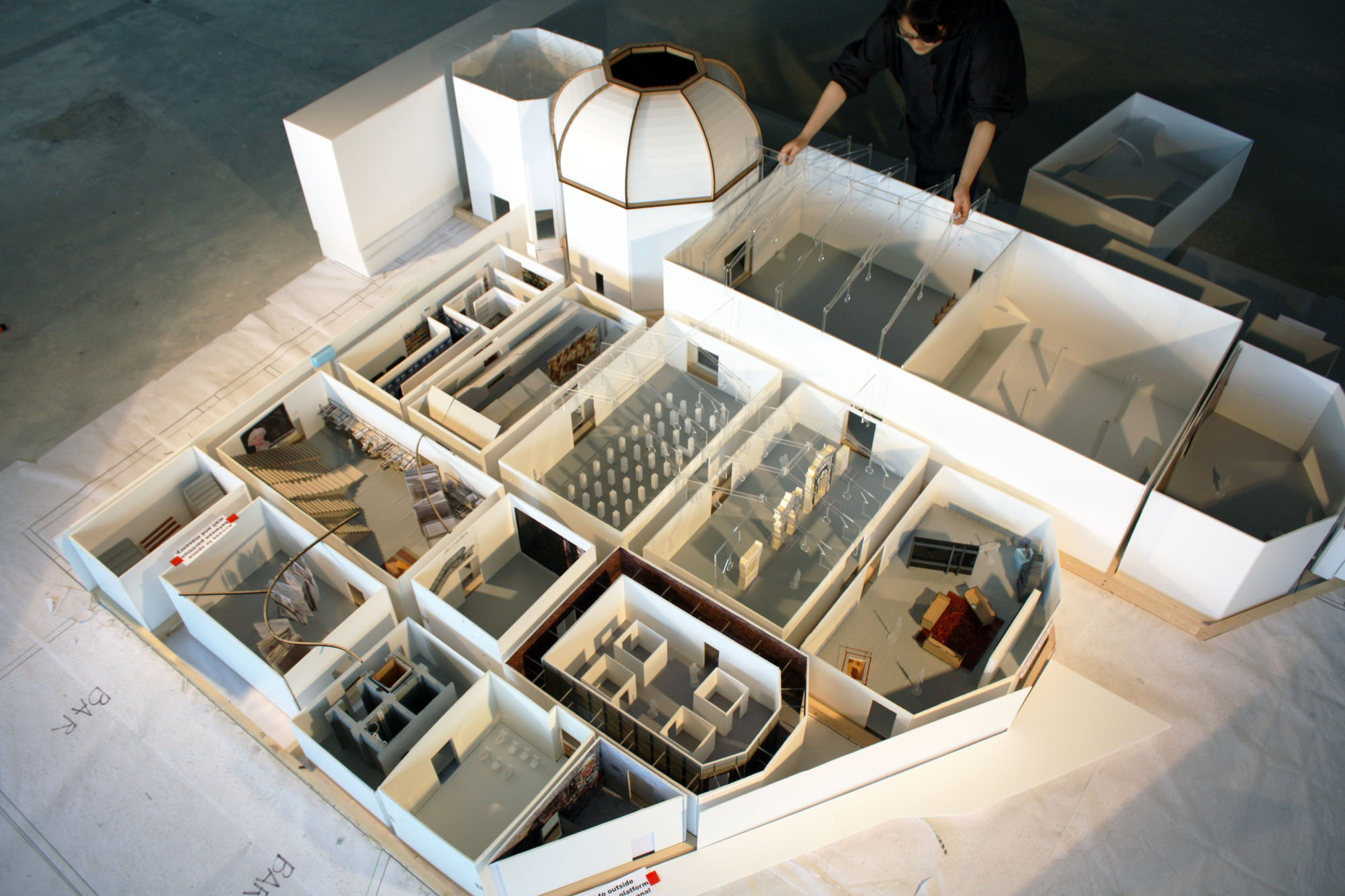Architects often claim to be deeply concerned about protecting the distinctive soul of places and regions, which would seem to imply that architects should stay close to their roots. Yet the export of architectural services and the global circulation of architects has never been higher. This paradox provides the backdrop to today's column.
The world's most significant exhibition of architectural thought, the Venice Architecture Biennale, opens June 7. This year the general curator is Rem Koolhaas, one of the most influential living architects. The show at Venice is widely read as a barometer of the contemporary climate, and Koolhaas is among the most peripatetic of architects. This conjunction of moment and velocity implies an ever-diminishing attention with an ever-increasing remove, and it is perhaps as a corrective to these tendencies that this year the curatorial agenda is oriented toward the past, the local and the foundational.
Titled "Fundamentals," the exhibition is composed of three parts. The diverse national pavilions in the Giardini, built during a time in which the idea of a national architectural identity still carried meaning, have essentially been asked to document their own demise as a relevant category for architectural content, as local traditions have absorbed modernity and distances have been erased. The immense length of the Arsenale building, normally the stage for the curator's trawl across the world, is here given to narrate the regional cultures of the Italian Peninsula in the manner of an immense makimono-style map. Finally, the Central Pavilion will present extensive research into the basic building blocks of architecture — the floors, walls, doors, corridors, windows, balconies, ramps, stairs and roofs that make up our everyday surroundings.
June 7-Nov. 23; www.labiennale.org


















With your current subscription plan you can comment on stories. However, before writing your first comment, please create a display name in the Profile section of your subscriber account page.